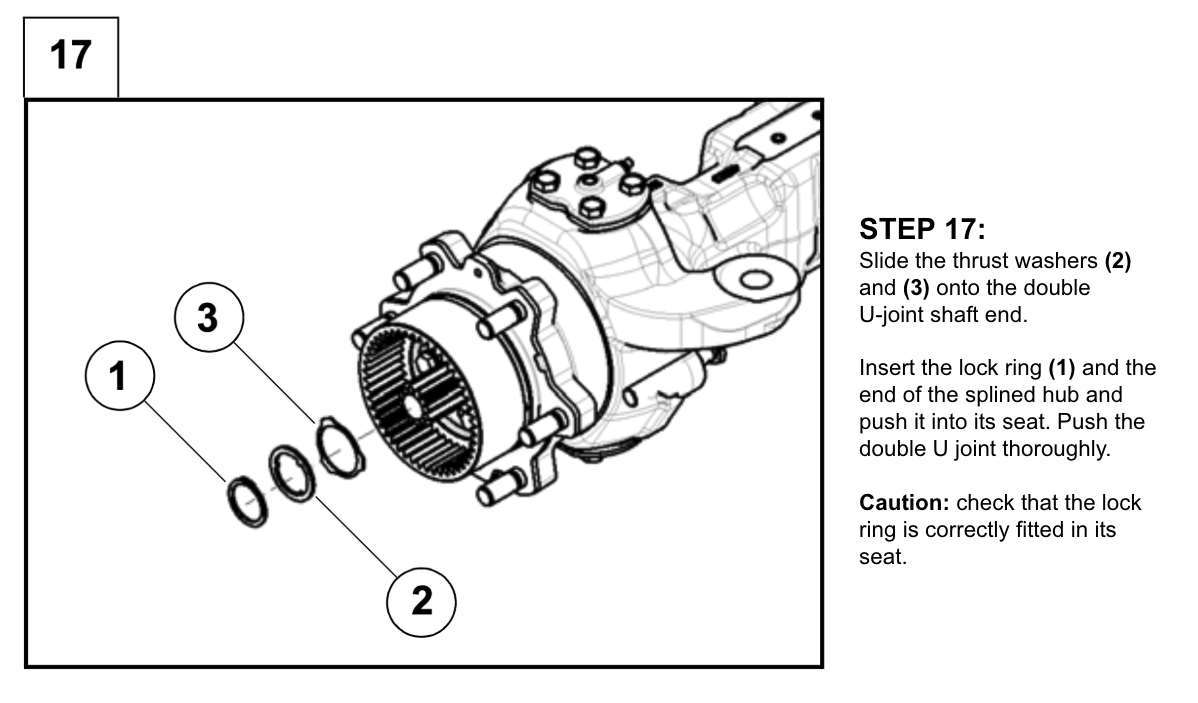
Assembly instructions translate design into action. They define how individual parts come together to form a complete product: what gets assembled first, how components are oriented, and what tools or fixtures are required.
They’re used across the manufacturing chain by process engineers during line setup, by technicians on the shop floor, and by service teams doing repairs in the field.
In most organizations, creating assembly instructions is a two-step ordeal.
Typically, designers hand off new designs “over the wall” to manufacturing engineers. The engineers must dissect the 3D model, interpret design intent, and figure out how the parts actually fit together in the real world. This takes days or weeks and often involves multiple rounds of back and forth with the design team.
Then once the process is defined, it has to be documented. This is again a tedious process. Most teams end up using Word or PowerPoint, taking multiple screenshots from CAD models and manually adding arrows, notes, and callouts. A single design change means redoing the work from scratch.
It is manual, repetitive, and difficult to scale. Because so much time is spent on basic stuff, engineers have less bandwidth for process innovations.
At Foundation EGI, we’re building an AI-native system that automates the generation of these assembly instructions accurately, repeatably, and at scale. It combines domain-specific AI models with physics-based simulation solvers to automatically interpret 3D assemblies, understand relationships between components, and generate valid, optimized assembly sequences.
And because EGI owns the assembly sequencing at the code level, it can automatically render it into multiple output formats such as 2D explosions, 3D animations, step-by-step illustrations, SOPs, and even service manuals (including text) and so on. Engineers or technicians no longer have to restrict themselves to static 2D drawings or text heavy instructions. These instructions can now be interactive, not only cutting down on documentation time and costs, but also fast-tracking assembly or repair times with fewer operator errors.
An EGI output auto-rendered into a 3D animation for disassembly and service training purposes. EGI applies 3D spatial intelligence to resolve complex, unseen assemblies into near-complete, physically viable instruction sets. It captures the logic behind assembly, not just the visuals. It can also add step-by-step texts or metadata around fixtures, torque specs.
EGI Assembly is helping our partners across automotive, heavy machinery and tooling industries with:
What once took weeks of manual effort can now be done in hours. Engineers spend less time documenting and more time improving products and processes.
If you still manually create assembly instructions, workstep sequences, or service manuals and are curious to see how EGI can help, reach out to us at info@foundationegi.com.